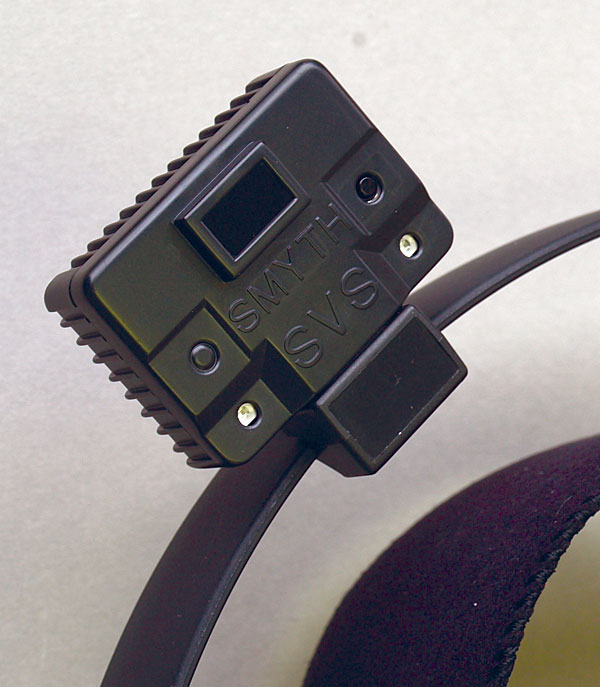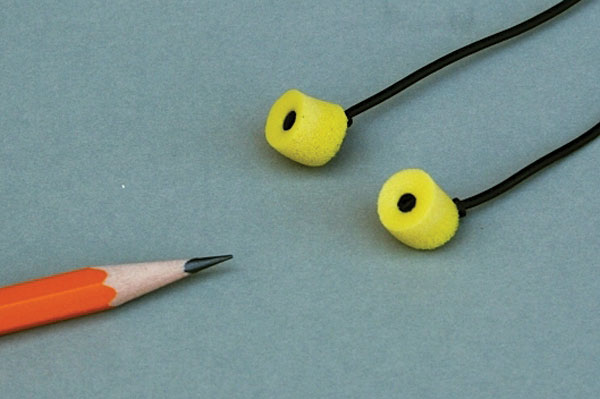| Columns Retired Columns & Blogs |
Kal,
Smyth has a newer variant of their Realiser A8 processor with an HDMI digital input port, an HDMI pass thru port (unprocessed), and a Toslink optical digital audio output port. Any chance you might do an update review with the new variant?
Maybe combine that with a test of the Stax SR-009, a Woo Audio WES amplifier, and a suitable DAC?
JRT








































